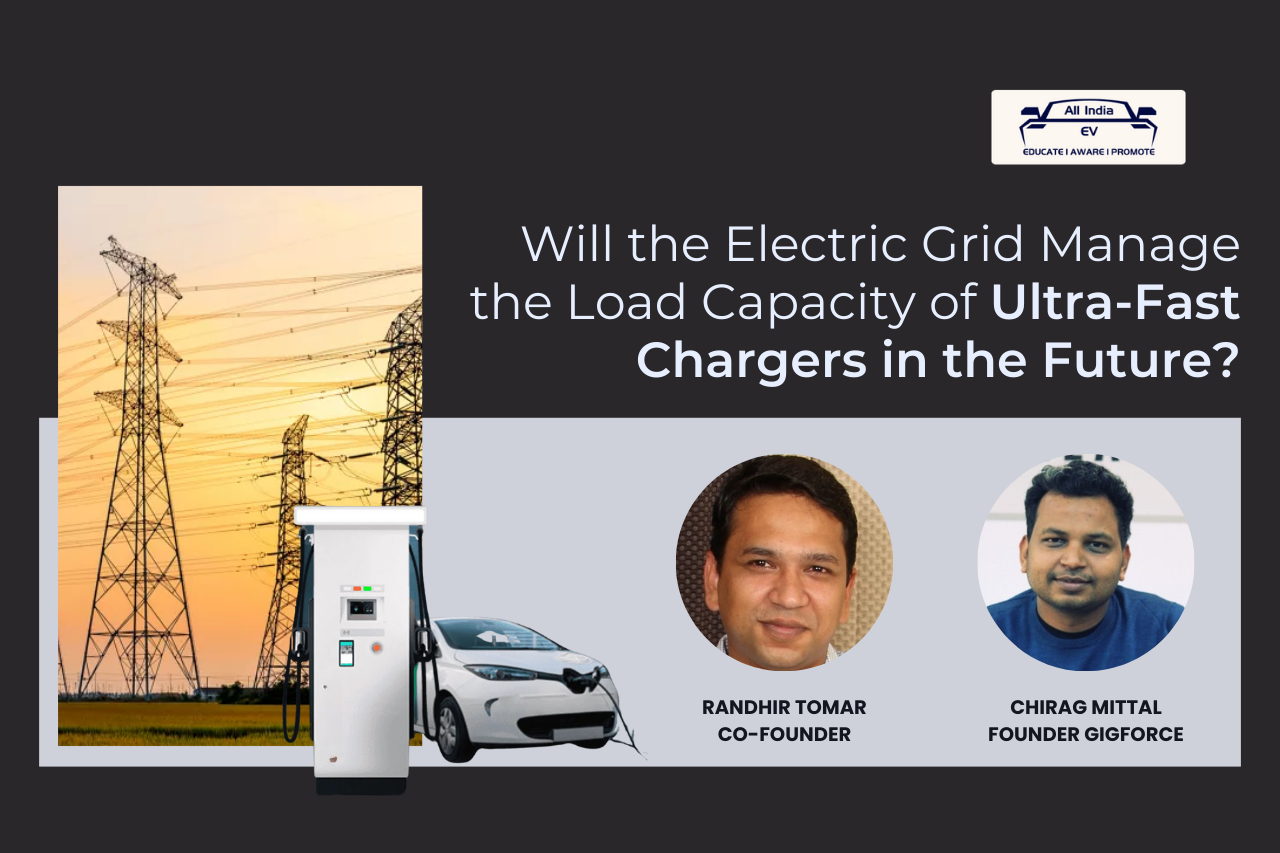
The rapid adoption of electric vehicles (EVs) has shifted the dynamics of energy demand, with ultra-fast chargers (UFCs) becoming critical in reducing EV charging times. These chargers are designed to facilitate long-distance travel and promote the convenience of EV ownership. However, their growing popularity poses significant challenges to the existing electric grid, particularly along highways and in Tier 2, 3, and 4 cities. A sustainable solution is essential to balance demand with infrastructure capabilities.
The Rise of Ultra-Fast Chargers
Ultra-fast chargers are engineered to deliver over 150 kW of power, with some models reaching up to 350 kW. For context, a single UFC can draw as much electricity as 20–30 average households simultaneously. With nearly 40% of EV drivers preferring faster charging options for long-distance travel, the demand for such chargers is projected to grow by over 25% annually over the next decade. This trend is especially evident in urban and highway areas where frequent travel routes converge.
Strain on the Electric Grid
The operation of UFCs exerts immense pressure on the electric grid. For example, a single UFC hub with 10 chargers could require a load of over 3 MW—equivalent to powering a small industrial plant. Current data shows that approximately 60% of existing grid infrastructure in developed countries is already operating at or near capacity.
In the UK, highways equipped with ultra-fast charging networks are testing energy storage solutions to offset grid strain. Reports indicate that regions with insufficient grid upgrades face potential delays of up to 3 years in deploying UFCs. Globally, grid capacity upgrades account for 20–25% of the cost of setting up a UFC network.
Challenges in Tier 2, 3, and 4 Cities
In smaller cities, which constitute over 70% of the population in developing countries like India, grid infrastructure faces additional challenges. A significant portion—approximately 40%—of these areas lacks the capacity to handle UFC-level loads without extensive upgrades. The investment disparity is stark; Tier 1 cities typically receive 60–70% of EV infrastructure funding, leaving limited resources for smaller regions.
Additionally, the penetration of EVs in Tier 2, 3, and 4 cities is expected to rise by 35% annually. Without proactive infrastructure investment, these areas risk being underserved, creating disparities in EV adoption and usage.
Solarisation: A Sustainable Solution
Solarisation along highways offers a viable and sustainable solution to alleviate grid stress. By installing solar panels near charging stations, energy can be generated locally, reducing grid dependency by up to 40%. Studies suggest that a hybrid solar-charging model could lower energy costs for UFC operators by 20–30% over 10 years.
For instance, Electrify America has successfully implemented solar-powered Level 2 chargers in rural California, cutting grid reliance entirely. This model could be scaled globally, particularly in regions with high solar irradiance, like India, where the country receives an average of 5.5 kWh/m²/day of solar energy.
Moving Forward
As the adoption of EVs continues to accelerate, the demand for ultra-fast chargers will place increasing pressure on the electric grid, particularly in Tier 2, 3, and 4 cities. With nearly 50% of global EV charging expected to take place along highways by 2035, strategic investments are necessary. Solarisation along highways presents a compelling solution, reducing grid dependency and fostering a sustainable EV ecosystem. To ensure equitable access and manage future demand, a combination of grid upgrades and renewable energy solutions must become a priority for governments and private stakeholders alike.
Gigforce Private Limited, established in 2019 and headquartered in Gurgaon, is a leading aftersales platform specializing in EV charger installations, booster chargers, and building EV charging stations. The company also excels in solar projects and Retail & Maintenance.

